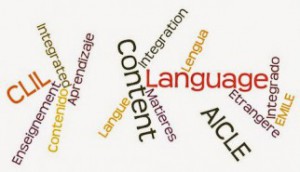| 1. Learning outcomes
/ Evaluation criteria |
- Develop a detailed and balanced knowledge and understanding of selected physical and human processes that are central to geography.
- Develop a knowledge and understanding of the key concepts relating to place, space, diversity, interdependence, people–environment interaction, and the physical and human processes associated with these.
- Use a range of qualitative and quantitative geographical skills and techniques to analyse and synthesise geographical information.
- Locate countries, capitals, mountain ranges, rivers, bays, gulfs, etc. on a world map.
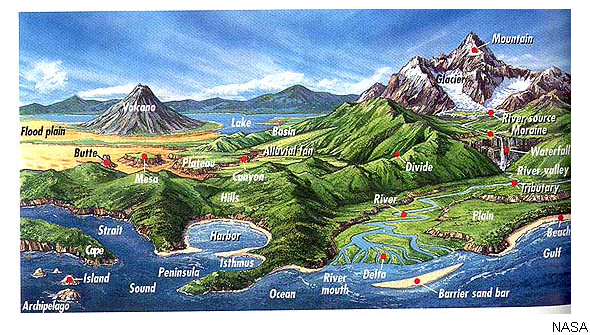
- Read physical maps
- Read political maps
- Read a diagram
- Apply geographic coordinates on a map.
- Use specific vocabulary appropriated for the level
- Process information
- Carry out fieldwork
Evaluation criteria:
- Explain the difference between weather and climate.
- List the elements of climate such as temperatures and precipitation.
- Distinguish factors of climate such as latitude, altitude, distance from the sea and prevailing winds.
- Identify main climate zones of the world, in different countries
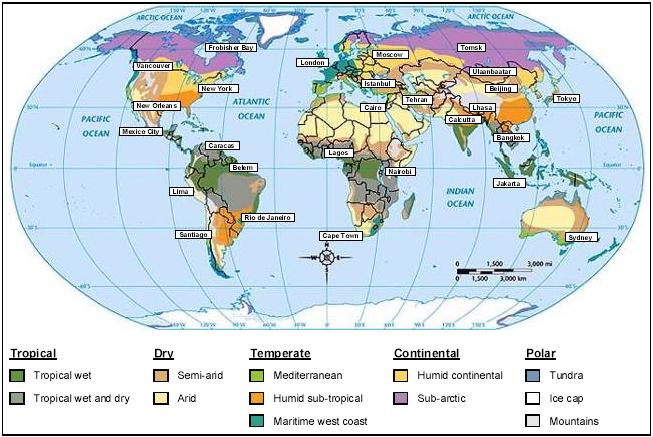

- Carry out some fieldwork and research
|
| 2. Subject Content |
- The weather: meteorological phenomenons
- Different climates around the world
- Weather stations: meteorological instruments and their uses.
- Weather forecast: Weather maps. Conventional symbols. Reading weather maps.
- Climate and its factors: latitude, altitude and distance from the sea.
- The climates around the world and in particular of the students’ own region.
- The importance of weather and weather forecasts in peoples’ lives and for certain economic activities
- Map reading (physical and political)
|
|
3. Language Content / Communication |
| Vocabulary
|
- Geography terms
- Countries
- Rivers and mountains

- Valleys, bays, gulfs, estuaries, desserts, plains, etc.
- Climograph
- Climate
- Weather (atmospheric processes)
- Countries and nationalities
|
| Structures
|
- Present tenses
- Past tenses
- Predictions (will, be going to + infinitive, present continuous)
- Superlatives, comparatives
- Question forms
- Inversion
- Introductory it
- Relative pronouns
- Discourse markers: linkers to express reason, result, purpose, and contrast.
- Subordinate clauses
|
| Discourse type |
- Argumentation
- Personal opinion
- Reporting
- Description
- Listening
- Reading
- Analysing
- Summarizing
|
| Language skills |
- Reading and listening
- Listening and speaking
- Reading and speaking
- Speaking
|
| 4. Contextual (cultural) element |
- Be aware of the importance of precision and accuracy in a scientific observation. Importance of weather in our language (idioms).
- Realize how human beings depend on nature.
- Respect different lifestyles.
- Appreciate living in a temperate climate region.
- Be aware of the effort needed to live in extreme climate regions.
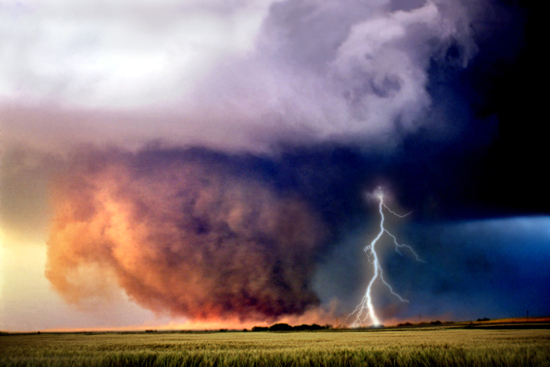
- Realize the need for being respectful with nature.
- Recognize similarities and differences and communicate them.
|
| 5. Cognitive (thinking) processes |
- Comparing climate graphs of different cities around the world.
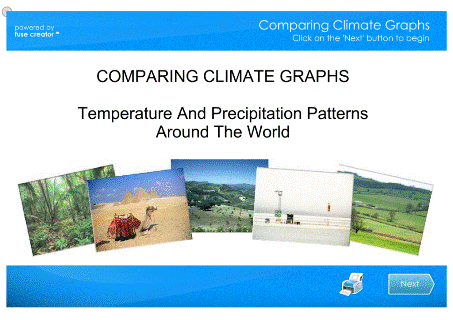
- Giving reasons for the consequences of climate change.
- Matching climates and regions of flora.
- Inferring consequences of exploiting nature.
- Classifying different climates.
- Comparing different lifestyles.
- Locating different climate zones on a map.
- Identifying landforms.
|
| 6. (a) Task(s) |
- Brainstorming
- Reading comprehension
- Speaking (pairs/groups)
- Listening comprehension
- Role-Play
- Watch and understand videos
- Carry out some research and fieldwork
- Presentations (individually)
|
| 6. (b) Activities |
- Activate prior knowledge (Warming up activities)
- Notice similarities and differences
- Identify and classify landscape features (landforms)
- Match vocabulary to pictures
- Gap-filling
- Label maps
- Multiple choice questions
- Give a presentation
|
|
7. Methodology |
| Organization and class distribution / timing
|
Six sessions of 2 hours each. (Two weekly sessions)
Total: 12 hours |
| Resources / Materials
|
Materials created by the teacher:
- Blog
- Dropbox
- Teacher’s Blog
Google tools (mail, Calendar, Drive)
Online sites:
https://www.youtube.com/watch?v=zz_CRzcIT-Q
http://education.nationalgeographic.com/encyclopedia/climate/
Specific books and handouts
- Reference books:
- Polar Regions. Geography Fact Files. Paul Mason
- Teaching other Subjects through English. Sheelagh Deller and Christine Price. Oxford University Press
- Geography on Display. Claire Tinker
- Weather patterns. Weather and Climate. Terry Jennings. Evans Publishing
|
| Key Competences |
- Linguistic communication
- Autonomy and personal initiative
- Processing information and use of ICT
- Cultural competence
- Social competence
- Science and technology competence
- Audio-visual competence
- Learning to learn
- Cultural awareness
|
| 8. Evaluation (criteria and instruments) |
- Continuous evaluation
- Analise what the weather is like in different parts of the world.
- Understand the differences between weather and climate.
- Pronounce correctly the vocabulary learnt in the unit.
- Identify the Earth’s climate zones.
- Locate on a globe countries, capitals, landforms, etc.
- Classify the words learnt in the unit following content criteria.
- Identify and match types of climate with their vegetation.
- Respect and enjoy group and pair work.
- Students should be able to name different weather instruments and to know and explain how they work and what do they measure. To collect data and to compare them with more accurate data from official weather stations.
- Self-evaluation: students should be able to think about their learning process and to assess themselves seriously and honestly.
|

